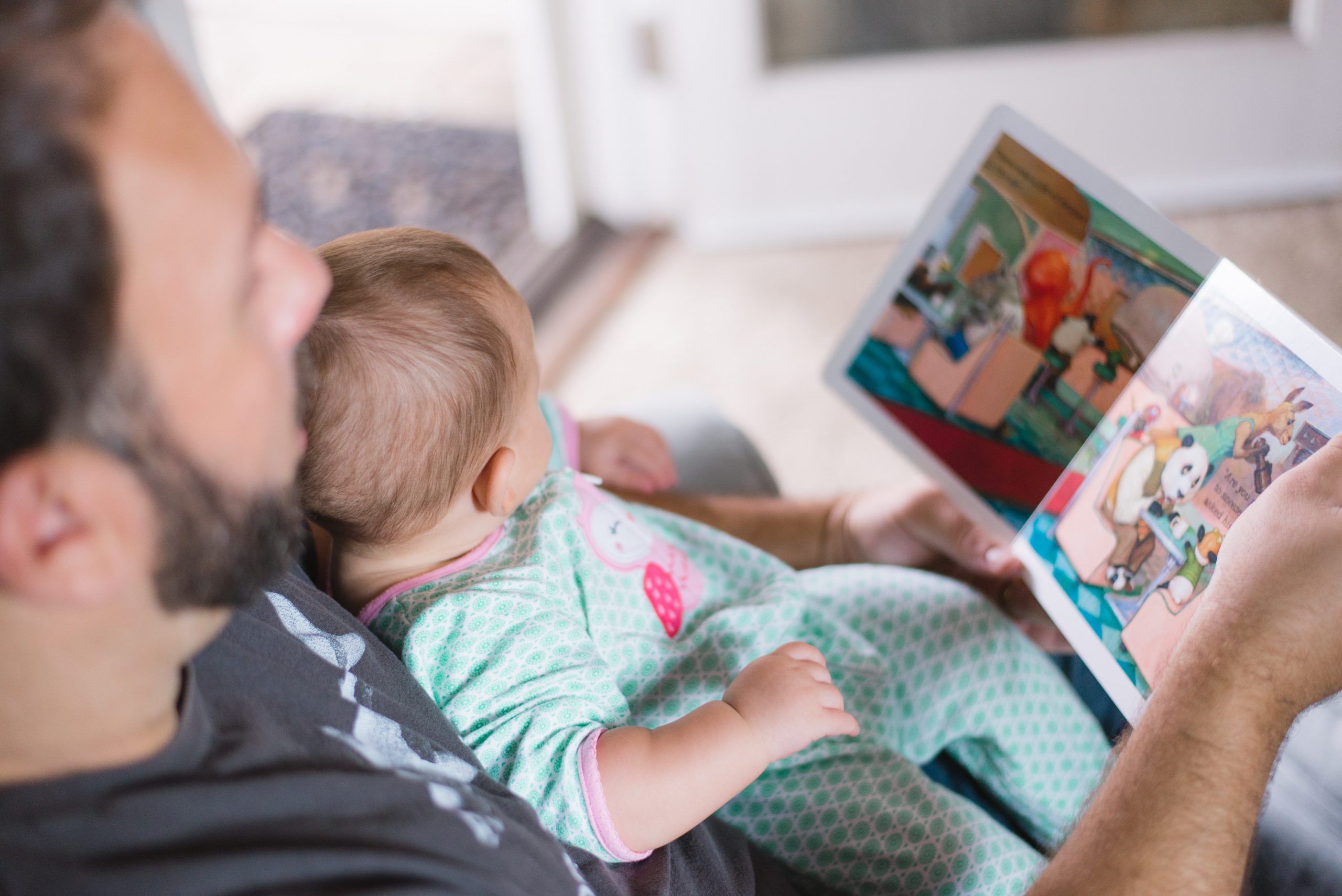

By Amy Dworsky, PhD
April 22, 2021
A dolescent motherhood is difficult under the best of circumstances. Adolescent mothers must navigate both the normative developmental tasks of adolescence and the adult responsibilities of parenthood. Adolescent motherhood may be even more challenging for youth in care (i.e., youth who are under the care and supervision of the state’s child welfare system.
This research suggests that adolescent parents in care need additional support. One way to provide this support is to connect adolescent parents in care with community-based early childhood home visiting programs. These programs have been shown to have positive effects on both parent and child outcomes including parent-child attachment, child health and development, parenting practices, maternal health and life course development, and social support. Moreover, some of these effects have been observed with adolescent parents.
Although adolescent parents have been shown to benefit from community-based early childhood home visiting programs, those programs do not normally seek to enroll pregnant or parenting youth in care. Nor, generally speaking, have child welfare systems made a concerted effort to connect adolescent parents in care with evidence-based home visiting services.
Where efforts have been made to connect pregnant or parenting youth in care with home visiting services, those efforts have not been studied. As a result, little is known about providing these services to pregnant or parenting youth in care.
In 2015, the Illinois Home Visiting Task Force established a subcommittee to design and implement a pilot project to connect pregnant or parenting youth in foster care with home visiting services. A major goal of that pilot project was to promote collaboration between the home visiting and the child welfare systems.
Results from an implementation study of the pilot project point to both the ongoing challenges and benefits associated with providing home visiting services to pregnant or parenting youth in foster care. Ten Healthy Families Illinois (HFI) programs participated in the pilot project and Chapin Hall at the University of Chicago evaluated its implementation.
We found that home visiting services can successfully be delivered to pregnant and parenting youth in care.
We found that home visiting services can successfully be delivered to pregnant and parenting youth in care. Over 29 months, home visitors and doulas completed 972 visits with 43 pilot project participants who were pregnant or parenting. Both participants and service providers reported that participants benefitted from the services they received in a variety of ways ranging from increased knowledge of child development, enhanced parenting skills, and improved co-parenting relationships.
At the same time, engaging pregnant and parenting youth in care in home visiting services can be difficult. It often took additional time for home visitors and doulas to build rapport and trust with participants. Factors such as unstable living arrangements and mental health crises made delivering home visiting services to participants particularly challenging. Faced with these challenges, home visitors and doulas sometimes deviated from their usual way of delivering services to accommodate participants’ needs and circumstances.
The Family First Prevention Services Act (FFPSA) marks a major shift in how federal funding for child welfare services can be used and represents a major federal investment in prevention services. As a result of this legislation, states can claim federal reimbursement for providing families whose children are at risk for foster care placement with evidence-based home visiting services. This has the potential to significantly increase access to evidence-based home visiting services among child welfare system-involved families across the country.
The lessons we learned from the pilot project can help child welfare systems and home visiting programs prepare for the challenges they are likely to face engaging and delivering home visiting services not only to pregnant and parenting youth in care but also to other child welfare system-involved families.
Want to learn more? Read the full report from Chapin Hall by clicking the button below!
Dr. Amy Dworsky is a Chapin Hall Research Fellow whose research focuses on vulnerable youth populations, including youth aging out of foster care, homeless youth, and foster youth who are pregnant and/or parenting, as well as the systems in which those youth are involved. Read more about Dr. Amy Dworsky.




















